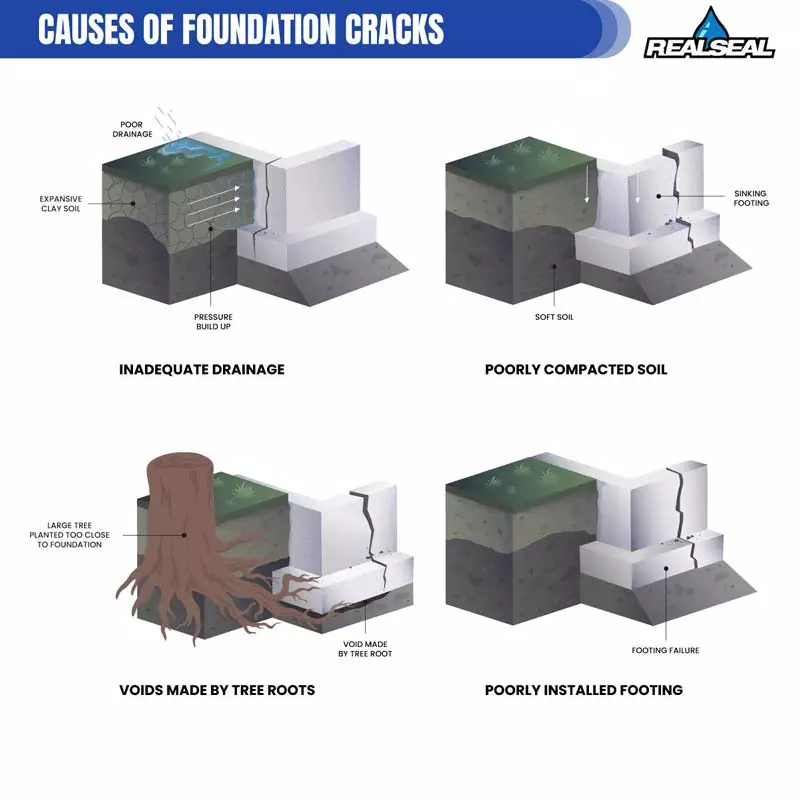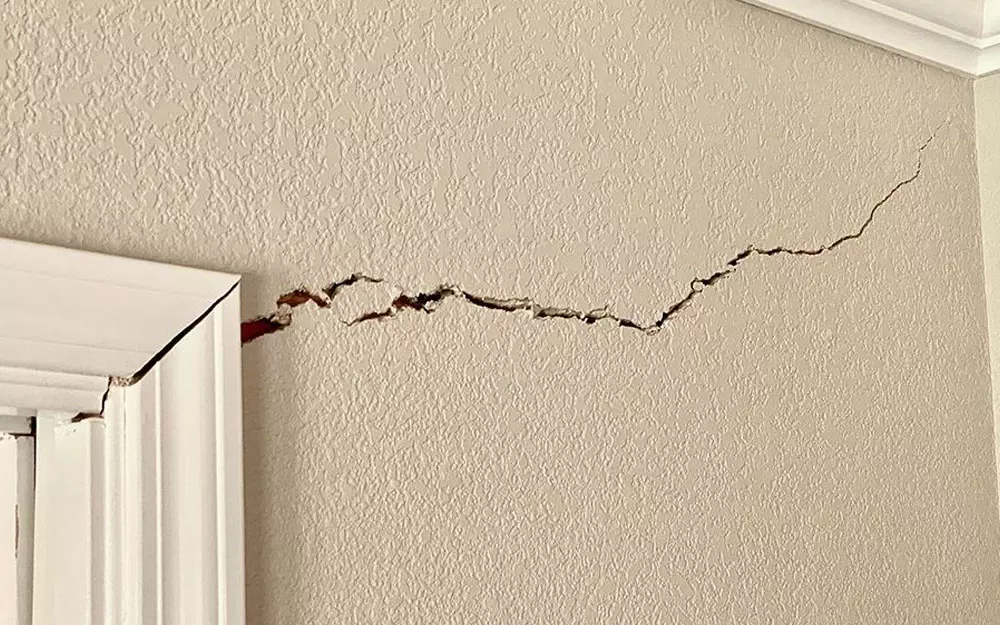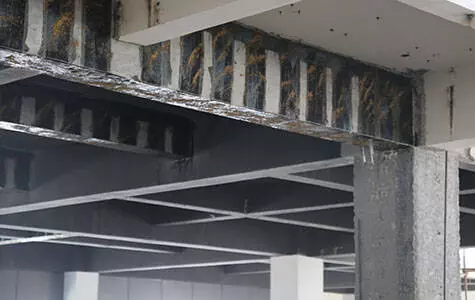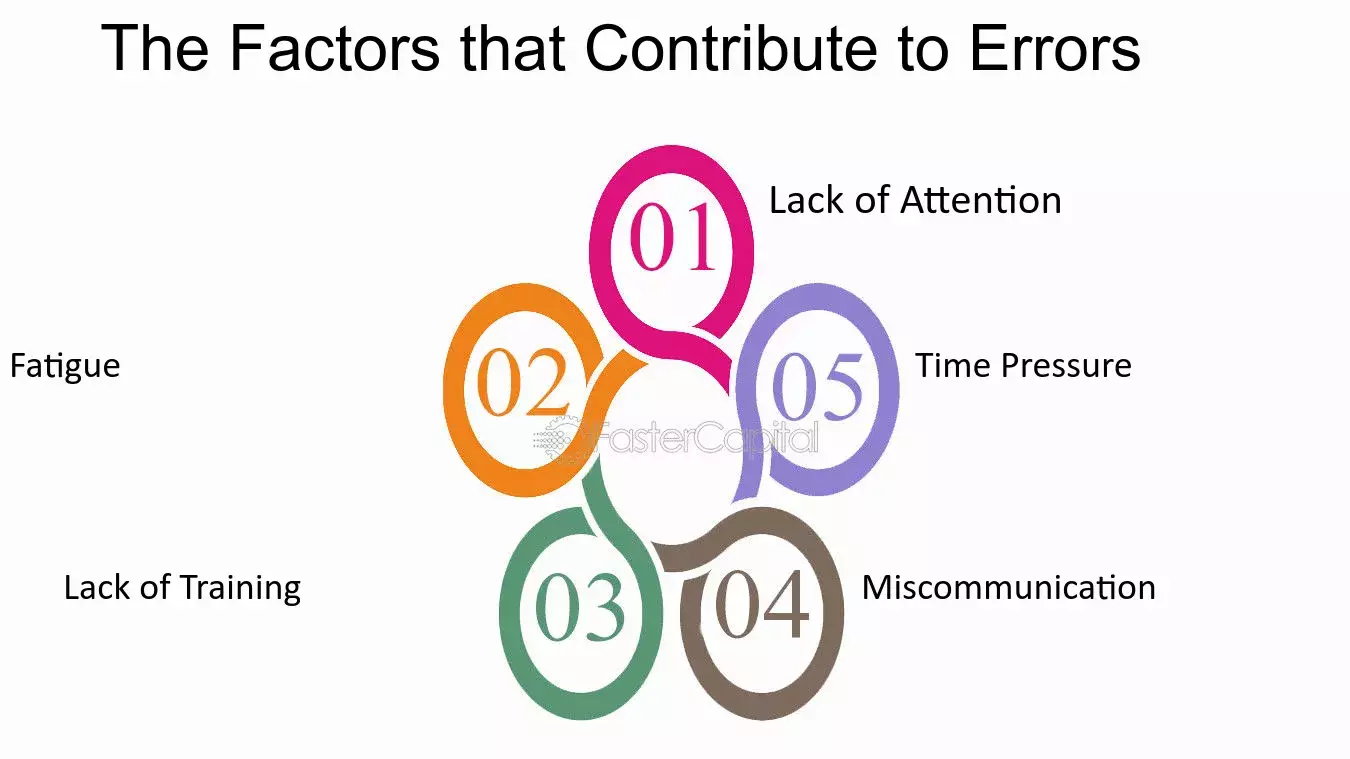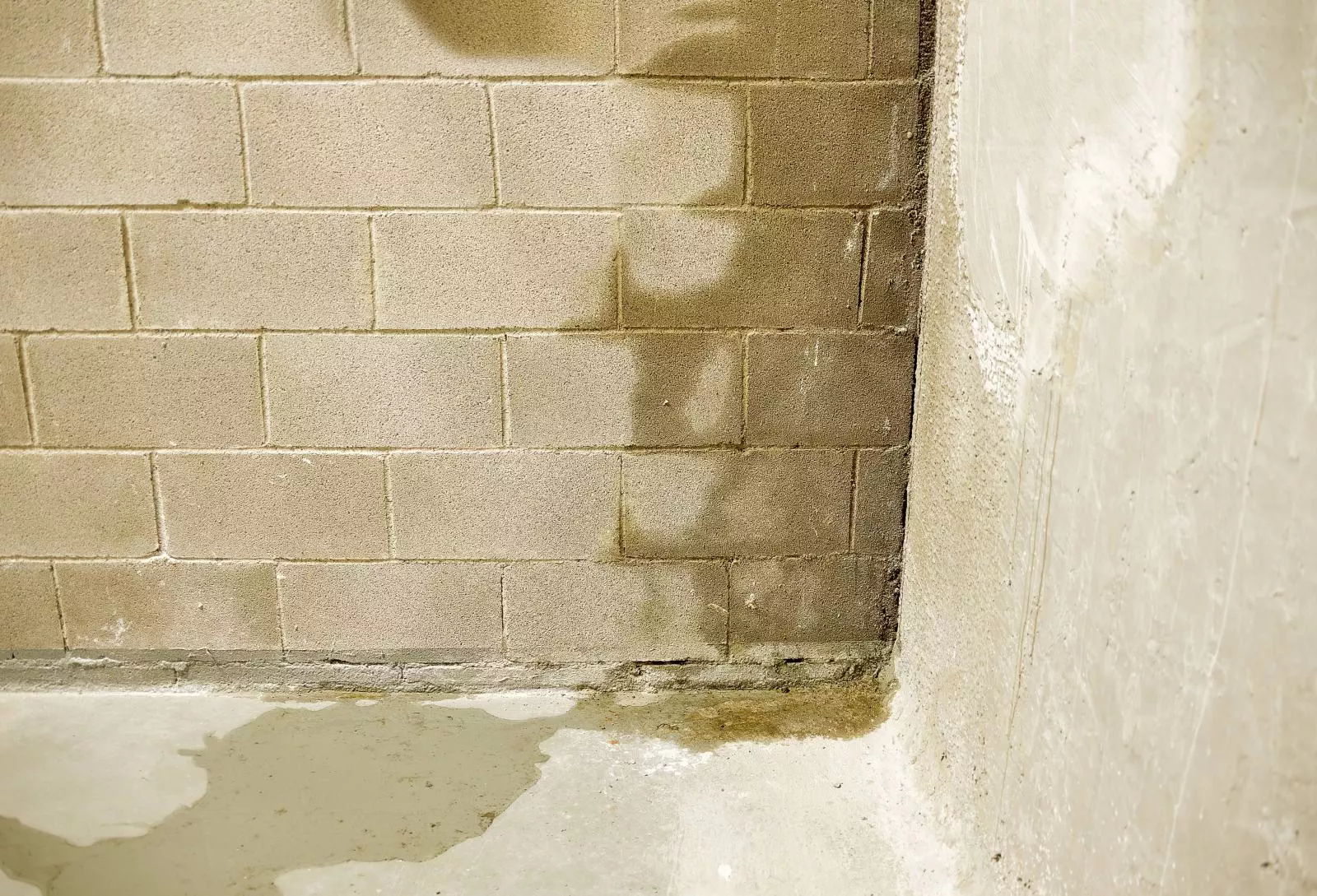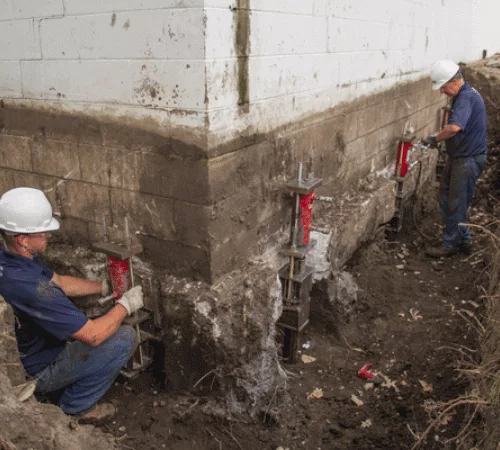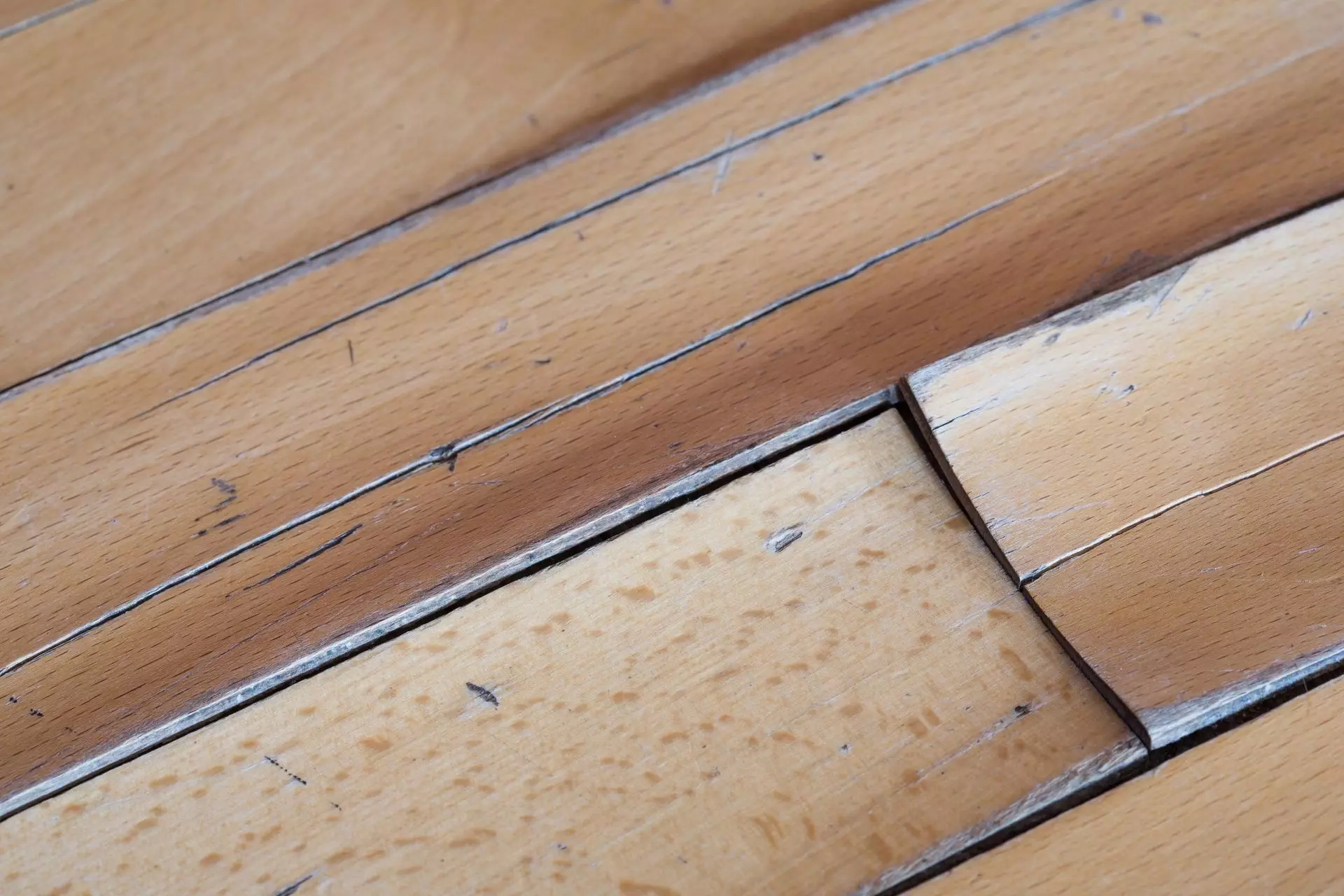
Why Uneven Floors Occur (And How to Fix It in 2025)
Ever walked into a room and felt like the floor was trying to trip you? Uneven floors can be both annoying and puzzling. You might wonder why they happen and what you can do about them. These flooring issues often start with foundation problems or an uneven subfloor. But don’t worry, solutions exist, and you’re not alone in facing this challenge.
Imagine entering your home and feeling the peace that comes from knowing your floors are level. Floor repair doesn’t have to be a headache. Whether it’s using floor leveling compounds or reinforcing those floor joists, there are practical steps to tackle sloping floors. You can discover how to approach floor installation with confidence and ensure your space is safe and steady.
Ready to dive into the world of floor leveling and fix those pesky floor sagging issues? Let’s uncover how you can make your floors steady and safe again in 2025. Keep reading to transform your flooring challenges into lasting solutions.
Within the post
Common Causes of Uneven Floors
Have you ever wondered why floors become uneven over time? It can be quite puzzling, but understanding the reasons is key to finding the right solutions. You might notice changes in your flooring due to several factors, and being aware of these can help you address them effectively.
- foundation problems
- Floor joists weakening
- Improper floor installation
One common cause of uneven floors is foundation problems. These issues can be quite tricky because they often require a deeper look into the structure of your home. When the foundation shifts, it can lead to uneven floors, making it necessary to fix the root cause first.
How Foundation Problems Contribute
Foundation issues are a major contributor to uneven floors. When your foundation moves or settles, it can create shifts in the flooring above. This is often seen as floor sagging. If you notice your floors dipping or sloping, it’s likely that your foundation has shifted. It’s crucial to catch these signs early to prevent further damage.
Effects of Weak Floor Joists
Another reason for uneven floors could be weak floor joists. Over time, these joists, which support your floor, might start to bend or weaken. This leads to sloping floors, something you definitely want to avoid. Regular maintenance checks are vital to ensure that these joists remain strong.
Impact of Faulty Floor Installation
Sometimes, the problem arises at the very beginning with improper floor installation. If the subfloor isn’t installed correctly, it can result in an uneven subfloor. This can lead to a host of other issues down the line. Therefore, it’s important to make sure that the initial installation is done right.
Identifying Signs of Flooring Issues
Uneven Floors Detection Tips
Identifying signs of uneven floors isn’t as hard as you might think. You just need to be a bit observant. One of the simplest ways is to feel for bumps underfoot. If you notice any odd sensations while walking across your home, it might be a sign of uneven floors.
Signs of Floor Sagging and Sloping
Another indication of trouble is noticing sloping or sagging floors. If you place a ball on the floor and it rolls on its own, this could point to a problem. Additionally, creaking sounds can suggest that the floor is under strain and might have issues.
Methods for Floor Leveling
Using Floor Leveling Compounds
When it comes to fixing minor uneven floors, floor leveling compounds can be quite effective. These substances are designed to smooth out surfaces and provide a level finish. They are usually used for small areas and can be a simple yet effective solution.
If you’re considering using these compounds, remember they work best for minor fixes. For more extensive repairs, additional methods may be necessary.
Floor Repair Techniques Explained
When you’re dealing with more severe issues, looking into professional repair services might be the best course of action. These services have the expertise needed to tackle significant problems and ensure your floor is safe and sturdy again. Fixing uneven floors isn’t a quick job, and it requires a good deal of skill and experience.
DIY vs Professional Floor Leveling
Deciding between DIY solutions and hiring professionals is crucial. While DIY methods can be cost-effective, they may not always provide a long-lasting fix. On the other hand, professional services, though more expensive, offer a thorough and reliable solution. You need to weigh the costs and benefits to decide what’s best for your situation.
Preventing Future Flooring Issues
Maintaining Strong Floor Joists
To prevent future flooring problems, maintaining strong floor joists is essential. Regular inspections help you catch problems before they become serious. By checking them periodically, you ensure the sturdiness of your floors over time.
Ensuring Proper Floor Installation
Ensuring that floors are installed correctly can save you a lot of trouble down the line. It’s important to follow the manufacturer’s guidelines strictly during installation and to get installations done professionally whenever possible.
Remember, prevention is always better than repair. Taking these precautions can prevent a lot of headaches in the future.
Technological Advancements in 2025
As we move into 2025, it’s exciting to see how technology is changing the landscape of flooring solutions. New methods enhance flooring solutions, offering options that were unimaginable just a few years ago.
Emerging Trends in Floor Leveling
One of the latest trends in floor leveling is aiming for precision. With technology, the effectiveness of these methods has significantly increased. Many homeowners are now considering smart solutions to ensure their floors are perfect. Adopting modern techniques can greatly improve the quality and longevity of your floors.
Innovations in Floor Repair
Innovations in materials for floor repair are also promising. New repair materials are being developed that offer efficiency and ease of use. These materials can make the repair process faster and more reliable.
Choosing the Right Floor for Your Home
When it comes to flooring, making an informed choice is vital. Considerations can guide your decision and ensure that you’re getting the best value for your money.
Understanding Different Flooring Types
Choosing the right flooring type involves understanding the options available. Hardwood and tiles are two popular choices, each with its pros and cons. While hardwood might offer a warmer aesthetic, tiles provide durability and easy maintenance.
It’s important to weigh durability against aesthetics and consider your lifestyle needs when making this decision.
Balancing Cost and Quality
Everyone wants affordable flooring, but cost shouldn’t compromise quality. By doing thorough research, you can find the best deals available and choose a floor that suits your budget and standards.
Highlighting Safety Concerns
Uneven floors aren’t just a nuisance; they can also be a safety hazard. It’s important to identify risks to keep your home safe and prevent accidents.
Preventing Accidents Due to Uneven Surfaces
Monitoring your floors for safety is crucial for preventing accidents. Ensure that your floors remain hazard-free and address minor issues quickly. Safety should always be your top priority when it comes to your home.
Ensuring Regular Floor Inspections
Regular checks prevent major issues from developing. By staying proactive in maintenance, you can avoid costly repairs and enjoy peace of mind over time.
Importance of Professional Advice
Lastly, seeking expert evaluations regularly can ensure comprehensive care for your floors. Professionals provide insights that are invaluable and help you maintain the integrity of your floors year-round.
Finding Solid Ground
Understanding why floors go off balance helps you get ahead of the game. You can now pinpoint the causes of sloping or sagging floors, whether it’s due to subfloor issues or foundation concerns. Knowing the fixes available, such as leveling compounds or better joist support, empowers you to maintain a safe and attractive home. This knowledge saves time and prevents future headaches.
Start by inspecting your home to identify signs of floor issues. Look for cracks or dips that could signify deeper problems. If you spot any concerns, consider consulting a professional who specializes in floor repair or installation. They can offer guidance on using floor leveling compounds or addressing foundational issues. You can also research DIY kits available to straighten minor uneven spots.
Ready to take action? Don’t wait any longer. Begin your inspection today and set a plan to tackle any flooring issues. You’ll feel more confident and secure in your home. Take the first step now and enjoy smoother, safer surfaces beneath your feet.
